The Sahara dominates most discussions of desert travel, its vast dunes and camel caravans defining popular imagination of what desert adventures should entail. Yet across six continents, extraordinary arid landscapes offer experiences that rival or surpass anything North Africa provides, from slot canyons carved by flash floods to salt flats that mirror the sky in perfect reflection.
These lesser-known desert destinations challenge assumptions about what constitutes desert adventure while offering unique experiences unavailable in the world’s most famous sandy expanse. Here is a list of 18 desert adventures that prove the most memorable arid experiences often lie far beyond the Sahara’s borders.
Antelope Canyon, Arizona
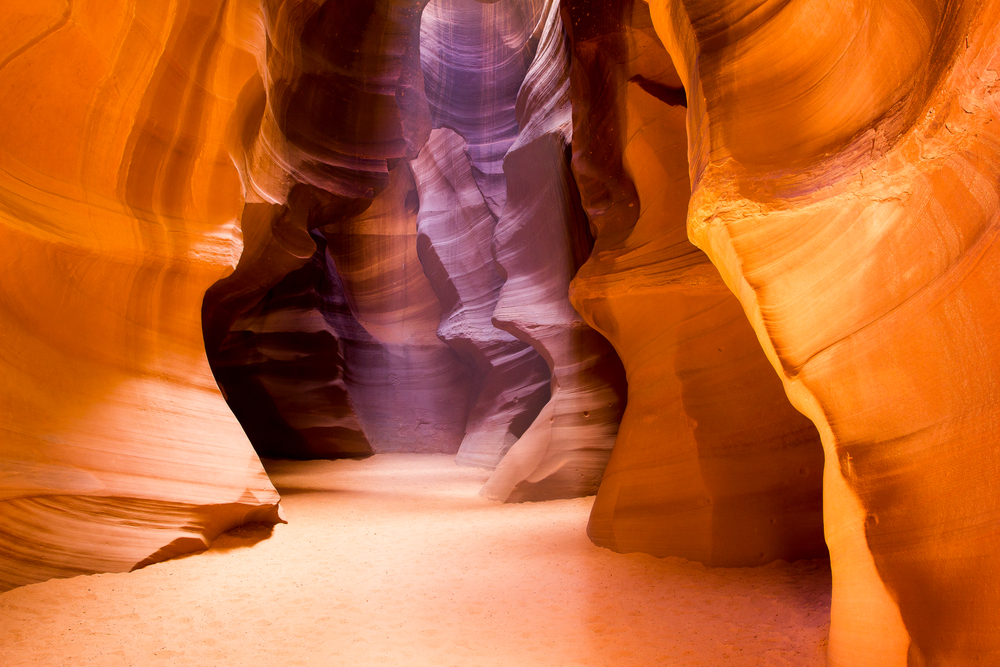
These slot canyons, carved by centuries of flash floods, create cathedral-like chambers where sunbeams filter through narrow openings to illuminate sculpted sandstone walls in ethereal light displays. Upper Antelope Canyon provides the classic beam shots during midday hours when sun angles align perfectly with the canyon orientation, while Lower Antelope requires more challenging navigation through twisted passages.
Photography tours require precise timing with seasonal sun positions, making each visit a carefully choreographed encounter with natural light sculpture.
Salar de Uyuni, Bolivia
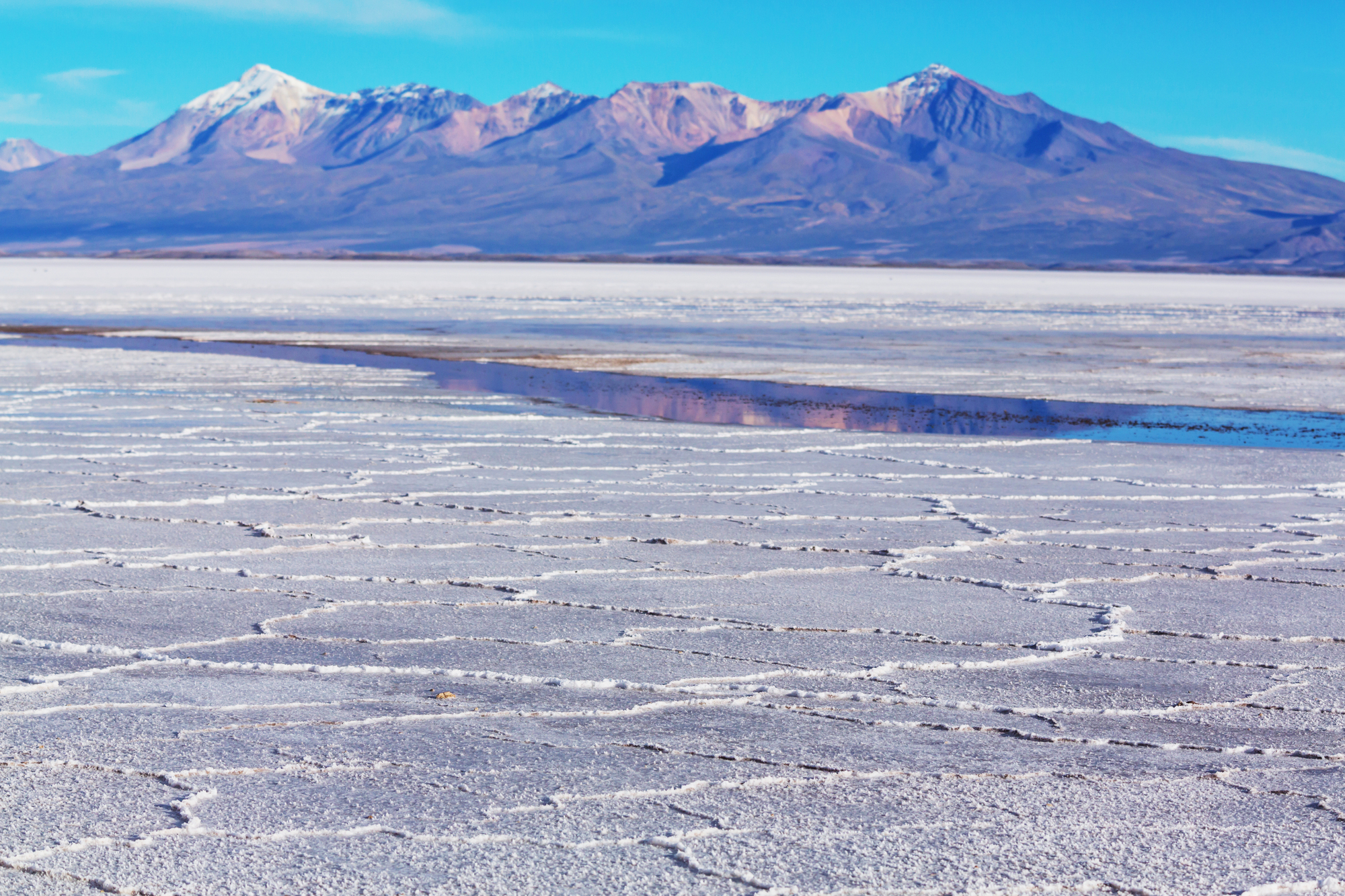
The world’s largest salt flat transforms into a perfect mirror during the rainy season, reflecting clouds and sky so flawlessly that visitors appear to walk on air in photographs that defy perspective. During the dry season, the salt crystallizes into geometric patterns that extend to every horizon, broken only by occasional islands topped with giant cacti that provide scale reference in this otherwise dimensionless landscape.
Night photography reveals star reflections in the salt surface, creating the illusion of floating through space surrounded by constellations above and below.
Like Travel Pug’s content? Follow us on MSN.
Wadi Rum, Jordan
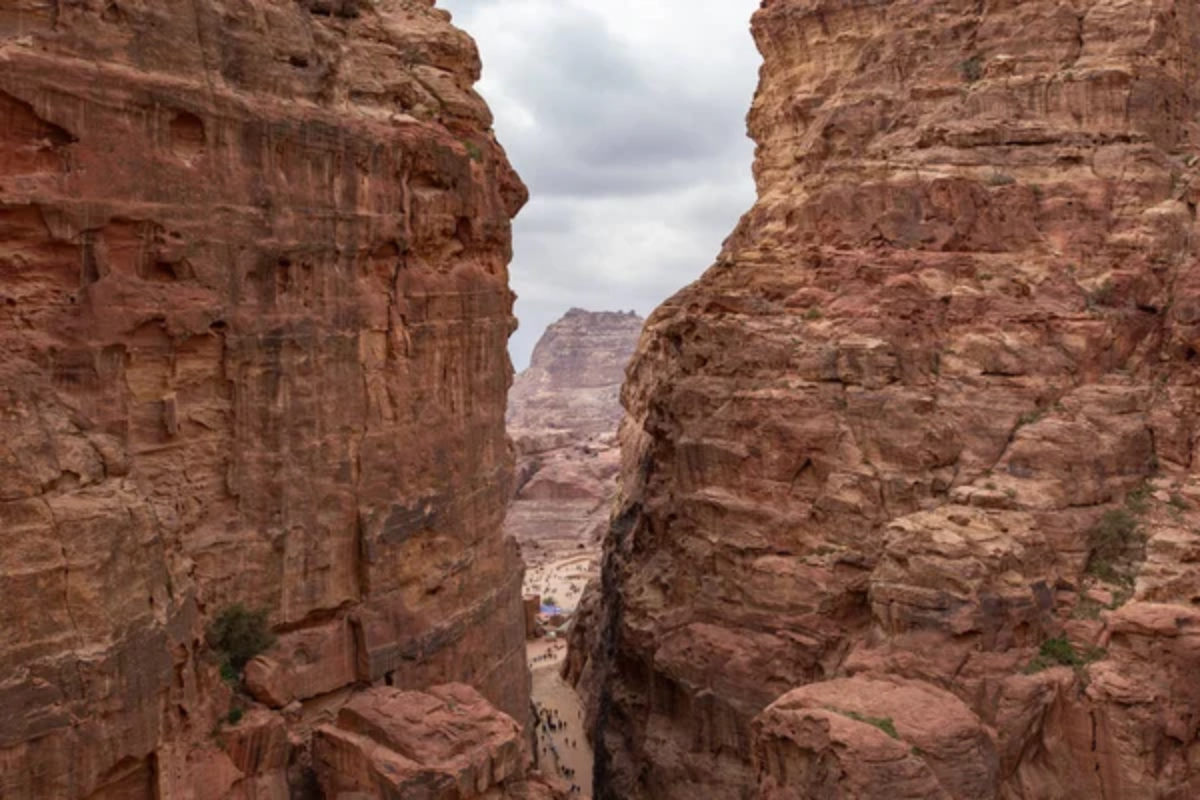
This protected valley features sandstone mountains and granite outcroppings that create a landscape so alien it has doubled for Mars in multiple Hollywood productions. Bedouin guides lead camel treks through areas where T.E. Lawrence operated during the Arab Revolt, while rock formations carved by wind and water provide natural arches, bridges, and amphitheaters.
Desert camps offer traditional Bedouin hospitality under star-filled skies, where the absence of light pollution reveals the Milky Way in brilliant detail.
Atacama Desert, Chile

The world’s driest non-polar desert offers landscapes that range from salt-crusted playas to steaming geysers, flamingo-filled lagoons, and valleys that closely resemble lunar terrain. The El Tatio geyser field sits at 14,000 feet elevation, where thermal features create steam clouds at sunrise against a backdrop of snow-capped volcanoes.
Moon Valley provides hiking opportunities through landscapes so otherworldly that NASA has used the area for Mars mission training exercises.
White Sands, New Mexico

Gypsum dunes create the world’s largest gypsum desert, where white sand stays cool to the touch even under the intense desert sun and constantly shifts in winds that reshape the landscape daily. The pure white environment allows for unique photography opportunities where subjects stand out dramatically against pristine backgrounds, while the sand’s coolness enables barefoot hiking even during summer months.
Full moon nights transform the dunes into a ghostly landscape where the white sand glows silver under moonlight.
Like Travel Pug’s content? Follow us on MSN.
Pinnacles Desert, Australia

Thousands of limestone pillars rise from yellow sand plains in Western Australia, creating a surreal forest of stone spires that varies dramatically with changing light throughout the day. The formations result from ancient tree roots and shell deposits that hardened into limestone before surrounding sediments eroded, leaving these natural sculptures standing like silent sentinels.
Sunset and sunrise provide the most dramatic lighting as shadows shift between the pillars, constantly changing the visual relationships between individual formations.
Death Valley, California
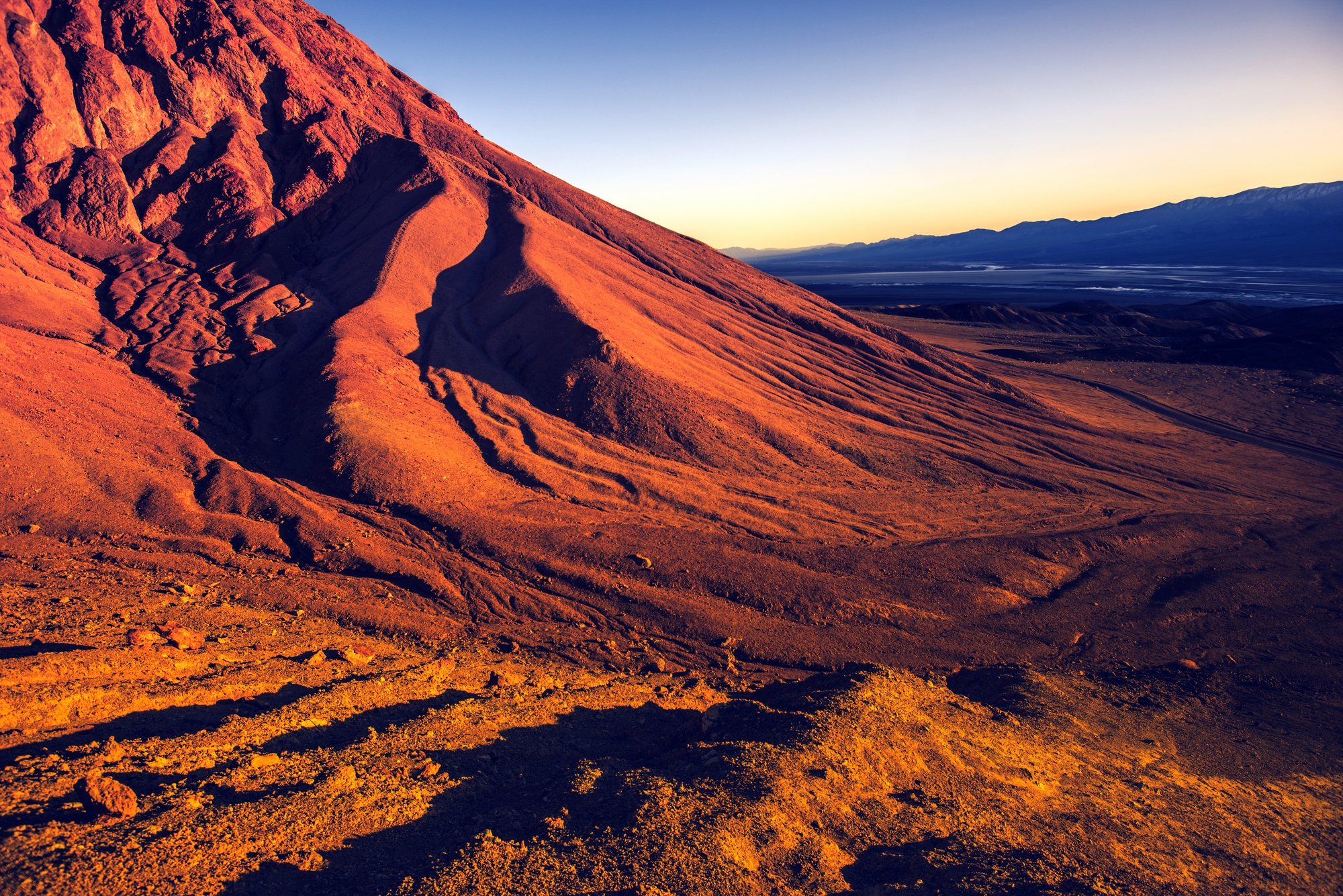
North America’s lowest, hottest, and driest location offers diverse desert experiences from below-sea-level salt flats to mountain peaks exceeding 11,000 feet in elevation. Badwater Basin sits 282 feet below sea level, where salt formations create natural sculptures, while Artists Palette showcases mountains painted in multiple colors by mineral deposits.
The valley’s extreme conditions create unique phenomena like sailing stones that move mysteriously across dry lake beds, leaving tracks but no witnesses to their movement.
Gobi Desert, Mongolia
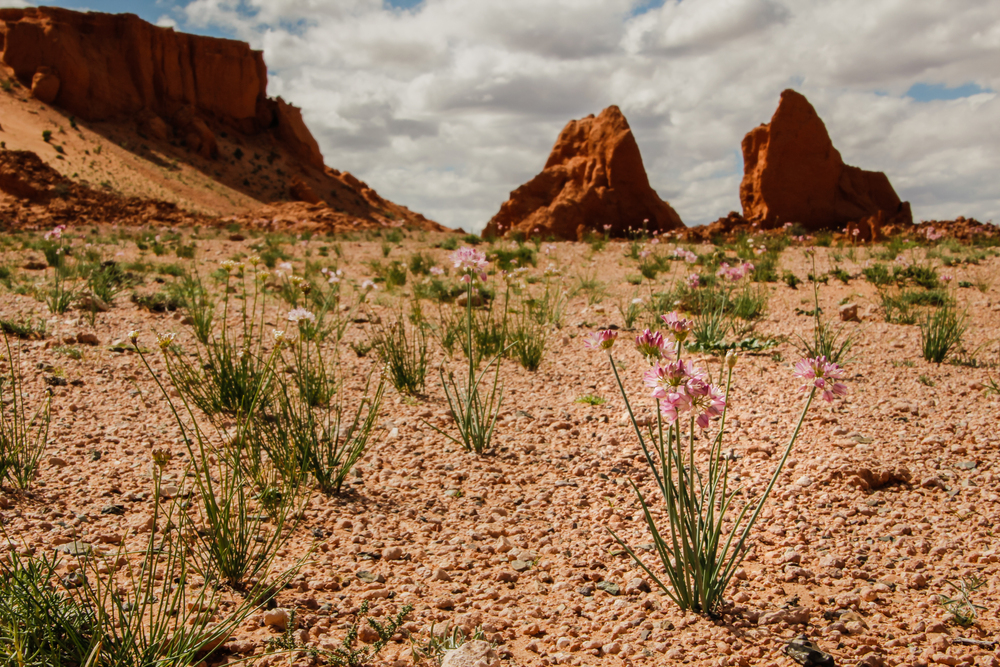
This cold desert stretches across Mongolia and northern China, where temperatures can drop to -40°F in winter while reaching 120°F in summer, creating one of Earth’s most extreme temperature ranges. Camel trekking with Bactrian camels provides authentic nomadic experiences, while dinosaur fossils weathering out of sandstone formations make this desert a paleontologist’s paradise.
The Singing Dunes phenomenon occurs when sand avalanches create haunting musical tones that carry for miles across the empty landscape.
Like Travel Pug’s content? Follow us on MSN.
Namib Desert, Namibia
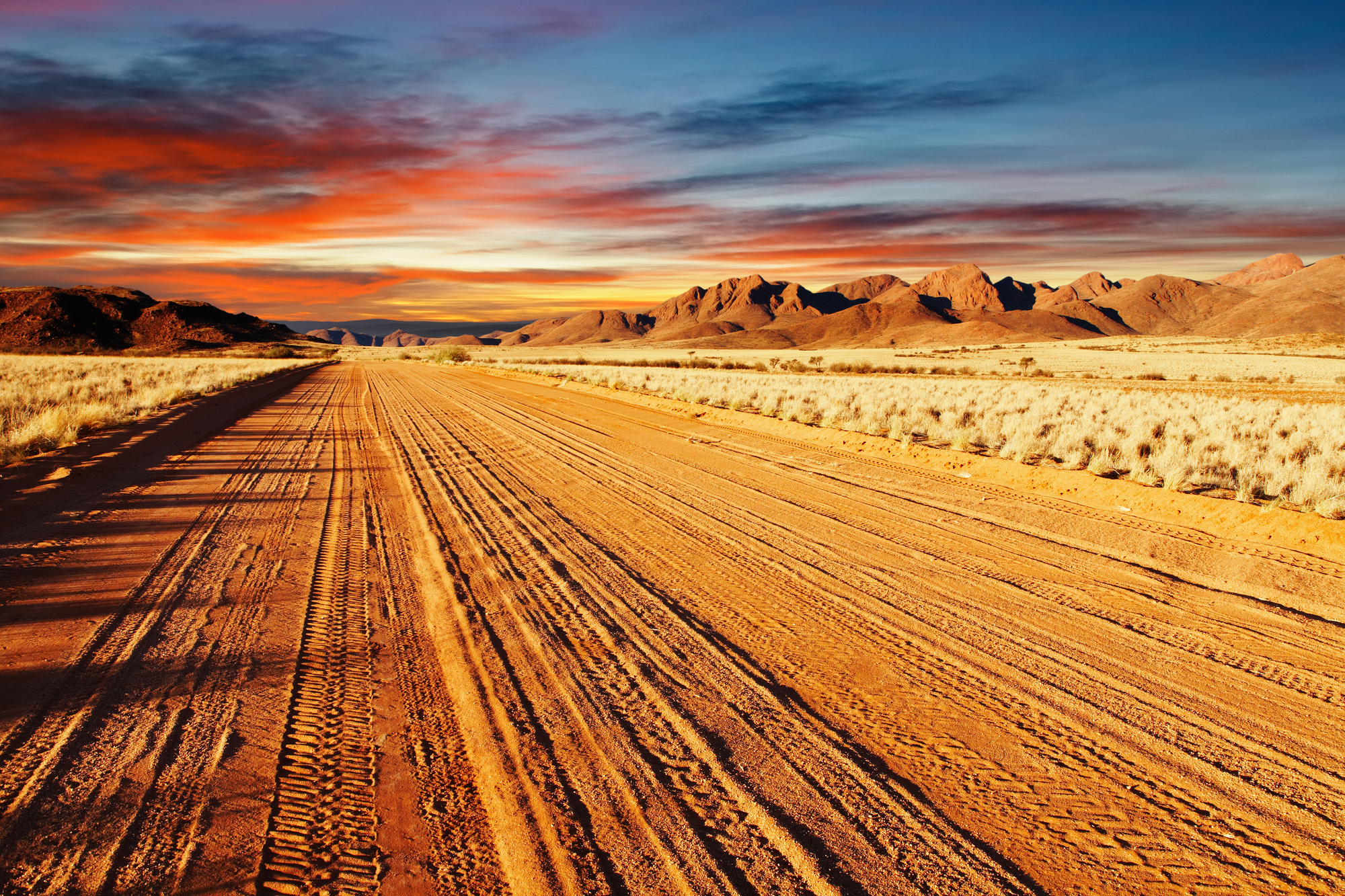
Ancient red dunes meet the Atlantic Ocean in dramatic contrast, where fog from cold ocean currents sustains unique desert-adapted wildlife in one of Earth’s oldest arid environments. Sossusvlei’s towering dunes create natural amphitheaters where white clay pans provide a stark contrast to orange sand and blue sky, while Dead Vlei preserves 900-year-old camel thorn trees as black sculptures against white Earth.
The desert-ocean interface supports fur seals, desert elephants, and plants that exist nowhere else on Earth.
Thar Desert, India
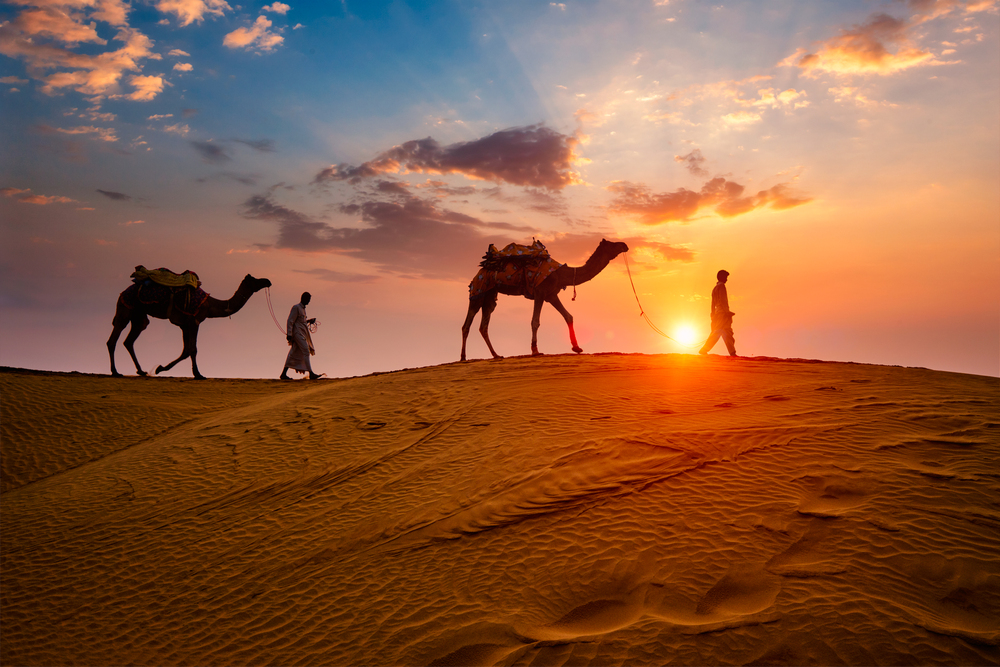
The Great Indian Desert offers camel safaris through landscapes dotted with fortified cities, where Rajasthani culture has adapted to arid conditions for over a millennium. Jaisalmer provides a golden sandstone base for exploring surrounding dunes, while desert festivals showcase traditional music, dance, and crafts against dramatic sunset backdrops.
Village homestays offer insights into desert life, where people have developed sophisticated water conservation techniques and architectural solutions for extreme heat.
Dasht-e Kavir, Iran
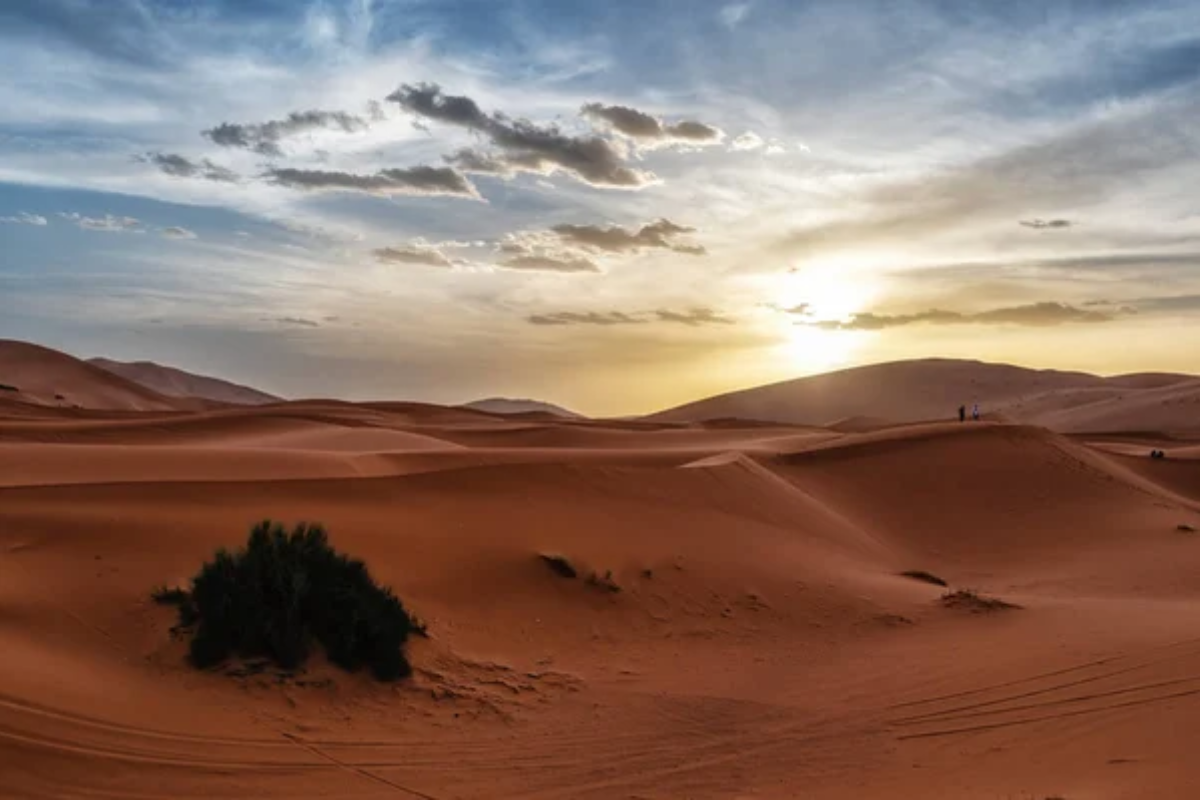
Iran’s Great Salt Desert features landscapes of salt-crusted plains, wind-carved rock formations, and traditional desert architecture that reflects centuries of adaptation to one of Earth’s most challenging environments. The desert contains vast areas of kavir (salt marsh) that create treacherous surfaces, hiding deep mud beneath crystallized salt crusts.
Ancient caravanserai along Silk Road routes provide historical context for modern desert adventures, while traditional Persian desert navigation techniques offer alternatives to modern GPS technology.
Like Travel Pug’s content? Follow us on MSN.
Great Victoria Desert, Australia
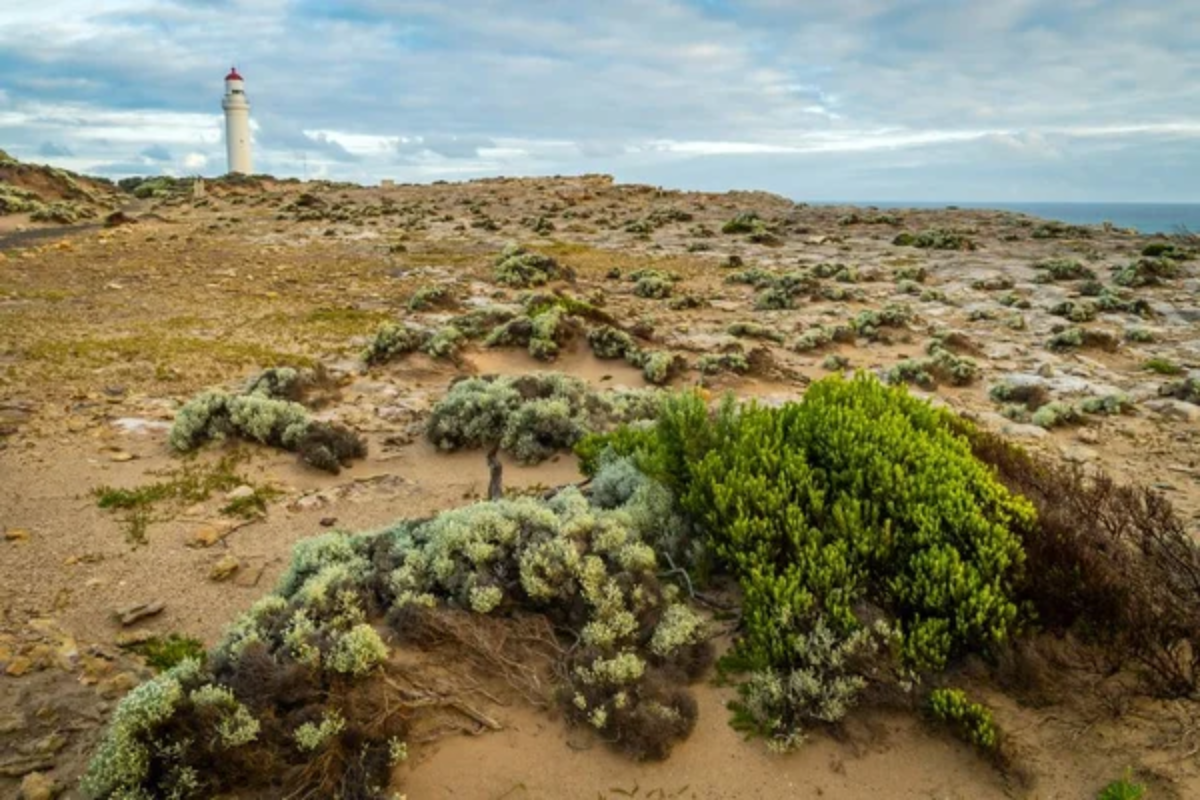
This vast wilderness area supports unique Australian desert wildlife while offering four-wheel-drive adventures through landscapes that remain largely unchanged since Aboriginal people first crossed the continent thousands of years ago. The desert’s remoteness provides genuine wilderness experiences where self-sufficiency becomes essential, while springtime wildflower blooms transform seemingly barren landscapes into colorful carpets.
Aboriginal rock art sites provide cultural connections to the world’s oldest continuous civilization.
Karakum Desert, Turkmenistan
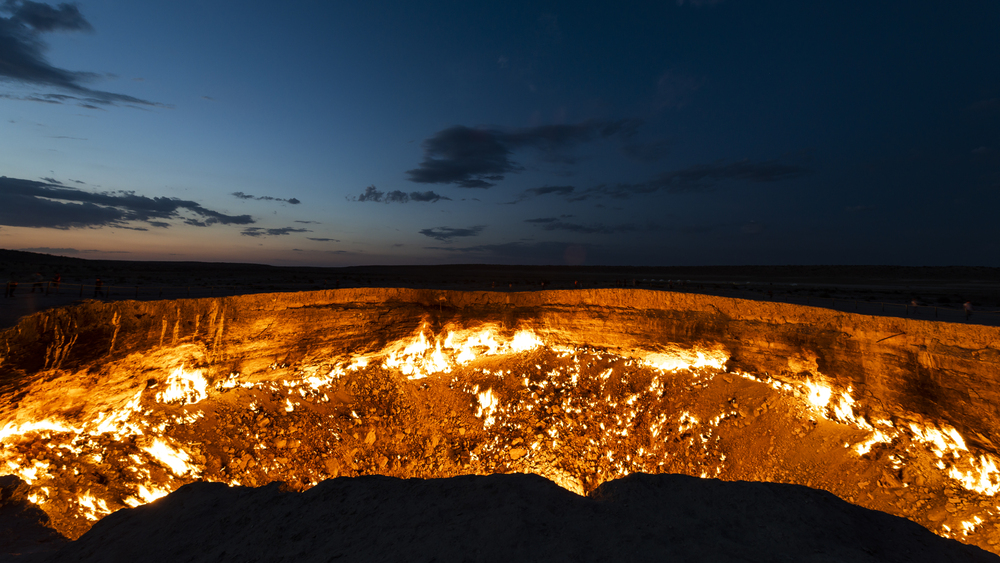
The ‘Door to the Underworld’ natural gas crater has burned continuously since 1971, creating a surreal landscape where flames emerge from the desert floor in a 200-foot-wide pit that glows orange against the night sky. This Soviet-era accident has become an unlikely tourist attraction, while the surrounding desert offers traditional Turkmen nomadic experiences with yurt accommodation and camel trekking.
The desert’s remoteness ensures dramatic night skies unmarred by light pollution.
Kyzylkum Desert, Uzbekistan

Stretching across Uzbekistan and Kazakhstan, this desert provides access to Silk Road archaeological sites, where ancient cities emerge from dunes like mirages made real. Camel trekking connects historical sites, while desert camps offer traditional Central Asian hospitality in landscapes that have changed little since Marco Polo’s time.
The desert’s position between the Amu Darya and the Syr Darya rivers creates oasis environments that support unique desert cultures and agricultural techniques.
Like Travel Pug’s content? Follow us on MSN.
Sonoran Desert, Arizona and Mexico
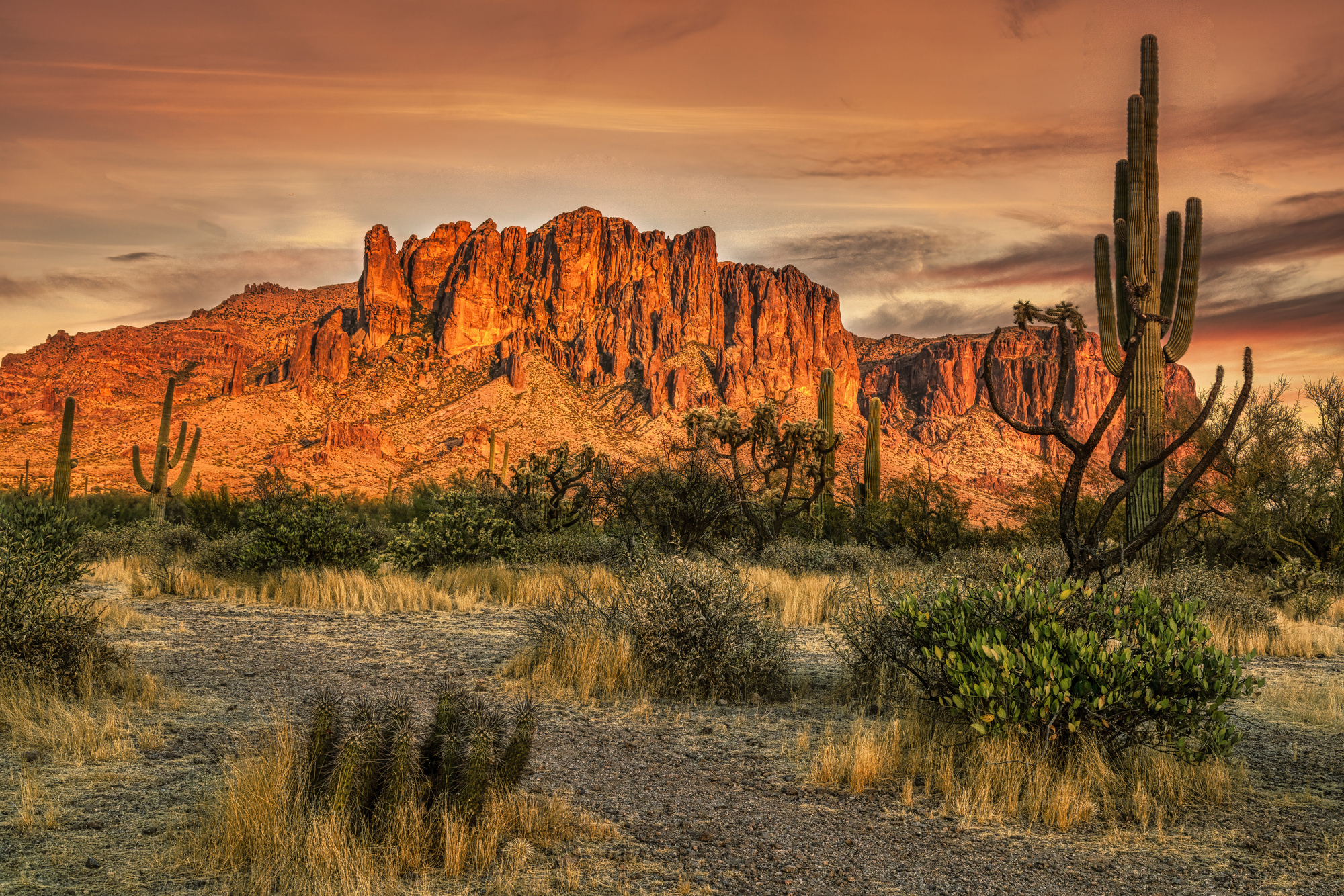
This biologically diverse desert supports saguaro cacti, desert bighorn sheep, and over 2,000 plant species while offering hiking, photography, and cultural experiences that showcase successful desert adaptation. Organ Pipe Cactus National Monument protects unique plant communities, while traditional Tohono O’odham culture demonstrates sustainable desert living techniques developed over centuries.
The desert’s proximity to major cities makes it accessible while preserving wilderness character in protected areas.
Strzelecki Desert, Australia
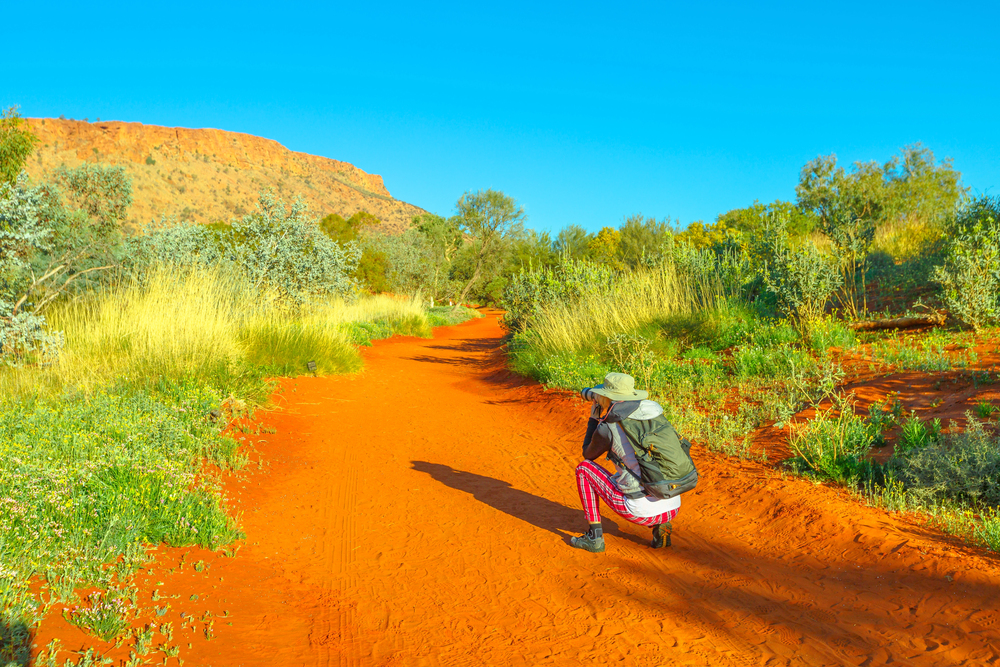
This remote South Australian desert offers four-wheel-drive adventures through landscapes where Aboriginal people created some of the continent’s most significant rock art sites. The desert’s isolation provides authentic wilderness experiences where self-reliance becomes essential, while seasonal changes create dramatically different environments, from winter wildflowers to summer heat mirages.
Historic cattle stations and mining sites provide insights into European attempts to exploit these challenging environments.
Tabernas Desert, Spain
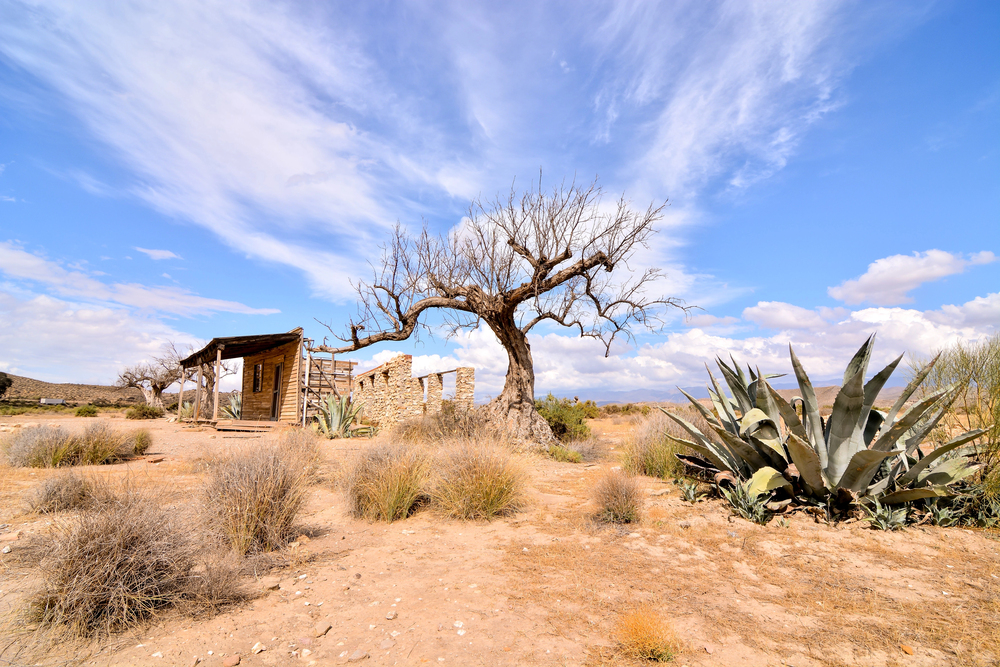
Europe’s only desert offers unique landscapes that have provided backdrops for countless Western films, where Spanish terrain doubled for American Southwest locations in spaghetti westerns. The desert’s film sets remain as tourist attractions, while hiking trails reveal landscapes that feel distinctly European despite their arid character.
The combination of the desert environment with the Mediterranean climate creates conditions unlike any other desert on Earth.
Like Travel Pug’s content? Follow us on MSN.
Lut Desert, Iran
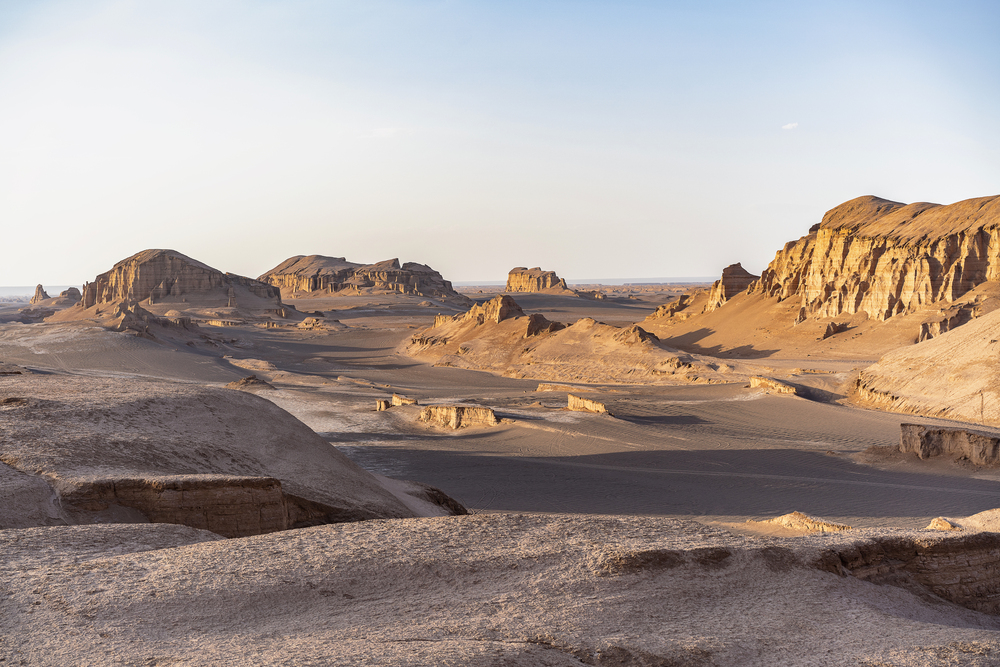
Officially recognized as Earth’s hottest place, with ground temperatures reaching 177°F, this desert offers extreme adventure opportunities for those seeking encounters with the planet’s most challenging environments. The desert’s ‘kaluts’ (wind-carved ridges) create natural labyrinths where navigation becomes genuinely challenging, while salt formations and dunes provide diverse landscapes within the extreme heat.
The remoteness and harsh conditions ensure that visiting the Lut requires serious preparation and local expertise.
Beyond the Sand Sea Legacy
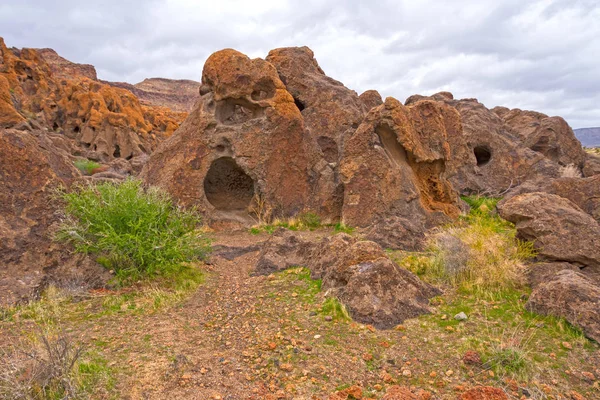
These diverse desert adventures prove that arid landscapes offer far more variety than any single desert can provide, whether that’s the Sahara or any other famous sand sea. Each destination presents unique combinations of geology, climate, culture, and wildlife that create experiences unavailable elsewhere, from underground fires that burn for decades to salt flats that become perfect mirrors.
The world’s deserts encompass frozen wastes and tropical heat, ancient cultures, and modern extremes, proving that adventure in arid lands extends far beyond traditional concepts of camels, dunes, and oases into realms of experience that challenge every assumption about what desert travel can offer.
More from Travel Pug

- 20 Best Beach Towns in the Carolinas
- 13 Destinations Where Tourists Regularly Regret Their Trip
- 20 Destinations That Are More Magical Without an Itinerary
- 20 Underrated Adventures That Belong on Your Travel List
- 20 Cities Where You Should Just Wing It, No Planning Required
Like Travel Pug’s content? Follow us on MSN.
